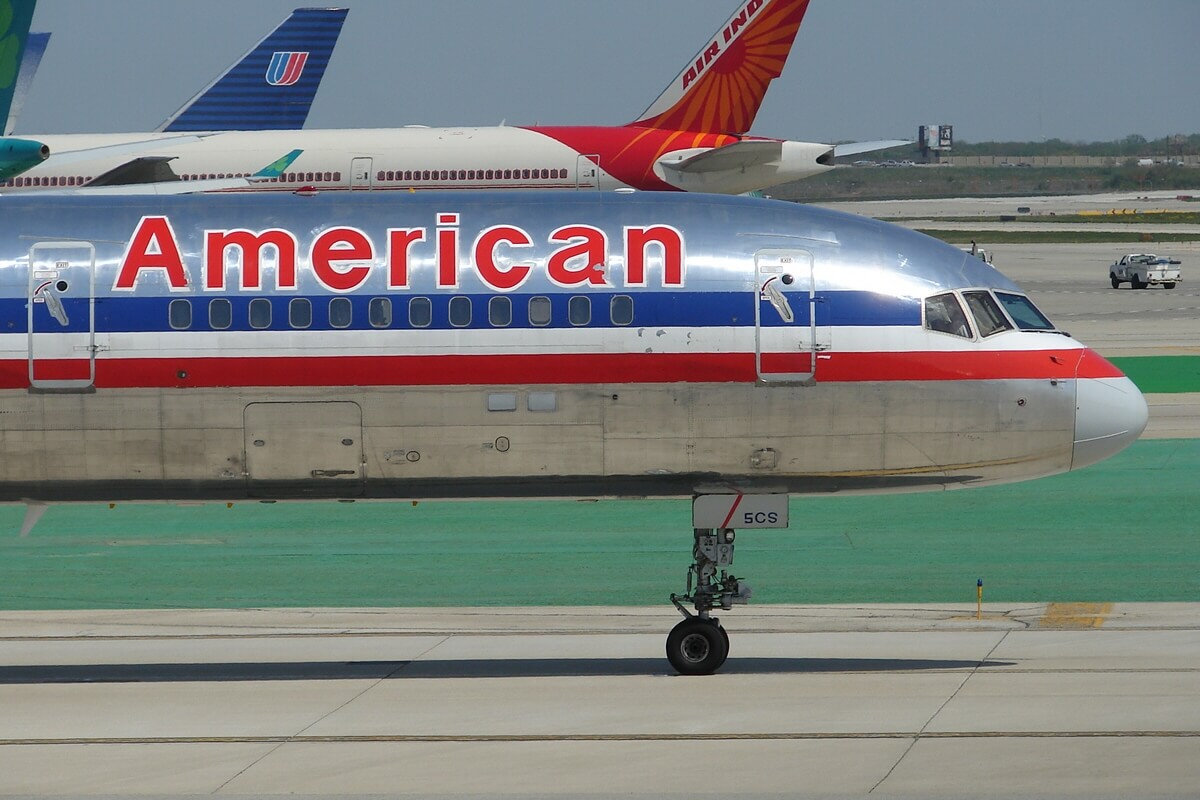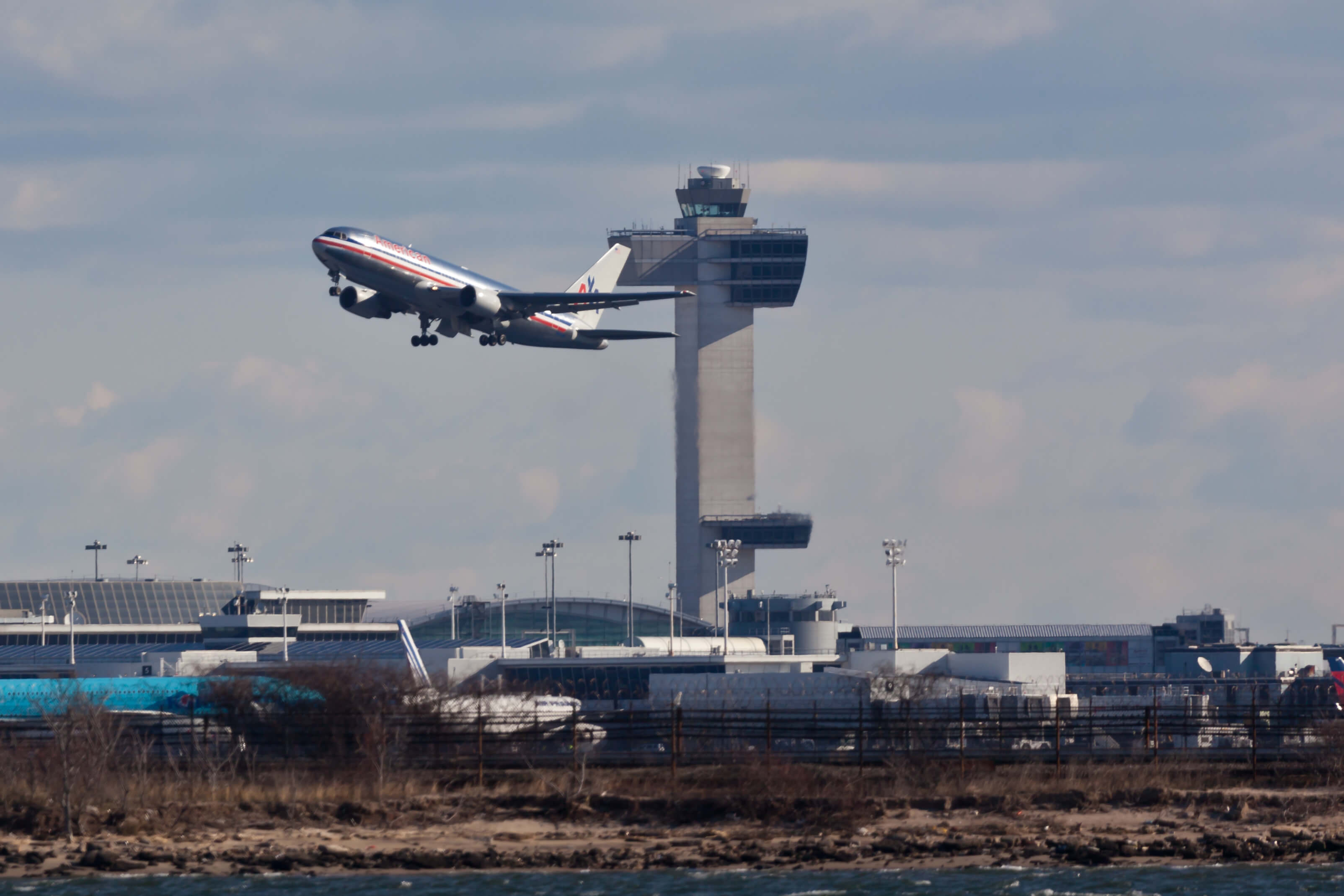Thinking back on Valentine’s Days past, there is one which was not marked by flowers, chocolate and champagne. But there was love; total, absolute love. The purest love money can buy: Yes, money did change hands.
It was Feb. 14, 1983.
My wife Linda Gasparello, although it was before we married, and I lived in the horse country of Virginia on 5 acres that backed up onto vast conservation acreage, so we felt land-rich. We had two horses and one dog: a difficult but loved Siberian Husky named Woo. I thought, what better Valentine’s Day gift for Linda than another dog?
It was a mean evening, cold and snowy. But on my way home from Washington, I made my way to the animal shelter in Leesburg, Va., 28 miles from our home in The Plains.
I was driving a rather clumsy Ford F-250 pickup, which I had bought for towing a horse trailer. It was, of course, rear-wheel drive and it slid on snow and ice. But I was determined.
Shelters are not for the weak of heart; so many dogs deserving to be set free. That night, as I recall, there were about 20 all crying in their way,“Take me! Take me!” Each pleading for the protection of a forever home.
I told the young woman attendant that I was looking for a Husky or Husky-type dog. She showed me a tan-colored, cock-eyed inmate and insisted that it had Husky lineage – maybe because the shelter was about to close.
The weather window was about to close, too. So I scooped up the dog, a two-year-old female, paid the $12 fee and we were off.
It was a drive from hell. I fought to keep the truck from sliding off the road — no anti-lock brakes. My new charge fought to assure me that she was the right pick by licking my face, trying to position her 60 pounds on my lap and commenting between licks. Love can be pushy when it comes on four feet.
At home, she, still nameless, took over and established in minutes, including to Woo, that she was the new proprietor of the house. What to call her? Valentine, of course.
Valentine was not, perhaps, the prettiest dog – our vet thought she was a German Shepherd-Airedale Terrier mix — but she was right up there with the most loyal, the most caring and easily the one of the most gifted dogs we ever owned. Intellectually gifted, you might say. She got flustered when she saw Linda cooking in the kitchen but speaking on the television in the living room.
Valentine did it all: boating, running alongside the horses, keeping tabs on wandering Woo, or just sleeping near the fire.
On day one, she climbed the stairs to sleep at the foot of our bed, as she did for the 12-year span of her life. When arthritis hobbled her, she struggled up the stairs of our 18th-century house.
Valentine’s Day is about love. Love is waiting at the nearby animal shelter — reach out and be loved.
All the Rage for Gin and Tonic
If you are a gin and tonic person, you probably know it is as much or more about the tonic than it is about the gin.
All the rage among G&T aficionados is Fever Tree, now a hot stock on the London Stock Exchange. The secret: cane sugar, more quinine and natural ingredients. It is available in U.S. supermarkets.
Adventures in Flying: The Grand Canyon
I once flew into the Grand Canyon, where three people have been killed in a helicopter crash. The thermals are wicked there.
I had rented a Cessna 182 RG from Sky Harbor airport in Phoenix and took three passengers flying early one morning, before the famous thermals were due to develop. The tower at Grand Canyon Airport had warned me to remain 1,500 feet above the lip and to be aware of thermals.
I asked if there were any pilots’ reports – called “PIREPs” — of turbulence over the canyon. He said there were none.
I told my passengers we were in luck: It was going to be smooth flying. Off we went, overwhelmed with the sheer size and splendor of the great tear in the earth.
Then the airplane fell, maybe 200 feet, then shot up pitched to the side. Then up, down and sideways.
We were all over the sky until I got back over the rim and everything smoothed out. I do not believe any of my passengers flew in a single- engine airplane again.
The Things They Say
“How did you go bankrupt?”
“Two ways. Gradually, then suddenly.” — Ernest Hemingway, from “The Sun Also Rises”


